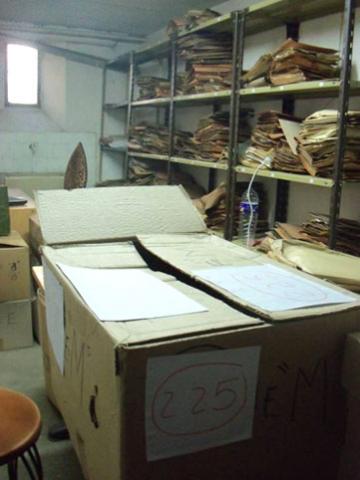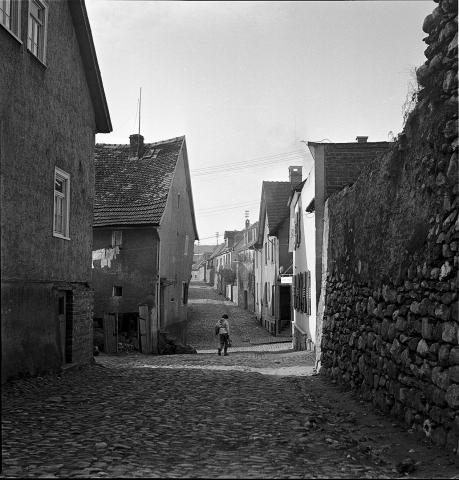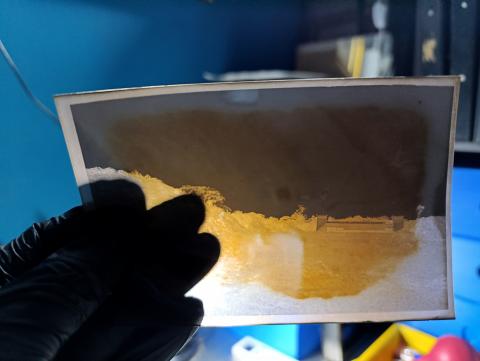
Aims and objectives
The Museum of La Plata, Argentina, was established in 1884, devoted to the study of American Man. It was the first institution of this kind in South America, resulting from the donation to the Buenos Aires Province of several anthropological and archaeological collections gathered in the Argentinean inland during the 1870s. The Museum envisioned a continental scope: to achieve its goals it organised different strategies to collect objects that encompassed societies that, by those years, were perceived to be in a process of extinction. In the late 1870s and the 1880s several campaigns against Native peoples from Patagonia and Chaco were carried out as governmental or private initiatives in order to erase savagery from lands to be included into the market economy. On the other hand, indigenous peoples from Northwestern Argentina were incorporated as labour force into the new industries established in that region, such as the Ingenios (sugar refineries) from Tucumán. Either to record vanishing races or to testimony the changes experienced by Native peoples in the process of becoming civilized, photographic expeditions were dispatched to the localities and scenes where that process was taking place. As a result, La Plata Museum became one of the repositories of the visual documents of a history that was not deeply analysed and remains unclassified and under theatening conditions in the deposits of the Museum. The photographic testimony of this history is endangered by its own physical format, lack of professional training, and the poor conditions of storage.
A great deal of the slide collections is affected by fungi and some of the images are already lost (the vanished images represent 10% of the total of the collection of Native Peoples' images. If treated adequately they can be rescued). The La Plata Museum repositories represent one of the potential sources for researching on the pre-industrial period of Native peoples inhabiting current Argentina and the Southern Cone.
Up to now these images have not been the subject of academic research. This project aims at recovering for future research these deteriorated materials by means of their translation to another medium. In particular, this pilot project will aim to:
a) Classify the materials in order to investigate the potential of a major project about the rescue of Native people photographs. This includes identifying the most seriously endangered photographic collections and to locate photographic material archived in precarious conditions in other sections of the Museum or in personal family collections (scientists and private collections). This aspect includes interviewing private holders of the photographs: some Museo de La Plata staff members were disciples of those photographs or technical assistants who took the photographs and the interviews could reveal important aspects of these documents.
b) Train local staff in collaboration with CEHIPE (Centre for Historical Studies and Information Parque España, Rosario, Provincia de Santa Fe), a leading centre in Argentina in terms of best archival practices.
c) Copy a sample of photographs on the basis defined above. 35 mm microfilming will be used as the archival medium in combination with digital imaging. The sample will be done in cooperation with CEHIPE photographers.
Outcomes
This pilot project discovered 'forgotten collections' kept in different departments of the Museum, exposed to high levels of humidity. Several 'misplaced collections' in the possession of private owners or other institutions were identified and efforts will be made to try to recover them.
The most seriously endangered photographic collections were identified and relocated. Over 2,000 glass plate negatives (around 90% of the collection), albumen albums, carte de visite photographs and paper photographs were all moved to the Historic Archive where they are kept under controlled climate conditions of 40% RH and 17°C. Every piece was removed from its old non acid free packaging and placed in acid free archival storage envelopes and boxes.
The most endangered collections were the 'Arturo' and 'Maish' pictures (Tierra del Fuego inhabitants). These glass plate negatives show an image which is vanishing and in some cases has almost disappeared. The whole of this collection was microfilmed in this pilot project together with a sampled selection. This archival master microfilm of 100 images is deposited in CEHIPE's archive, with copies deposited with the British Library and the Museo de La Plata's library.
The multi-disciplinary team was trained by CEHIPE experts during several workshops in subjects such as preservation and manipulation of old photographs, microfilming and archival techniques. There were several meetings with the company in charge of microfilming during the different stages of the project.
The achievements and evaluation of the pilot project will provide the basis to develop a proposal for a future major digitisation project.




